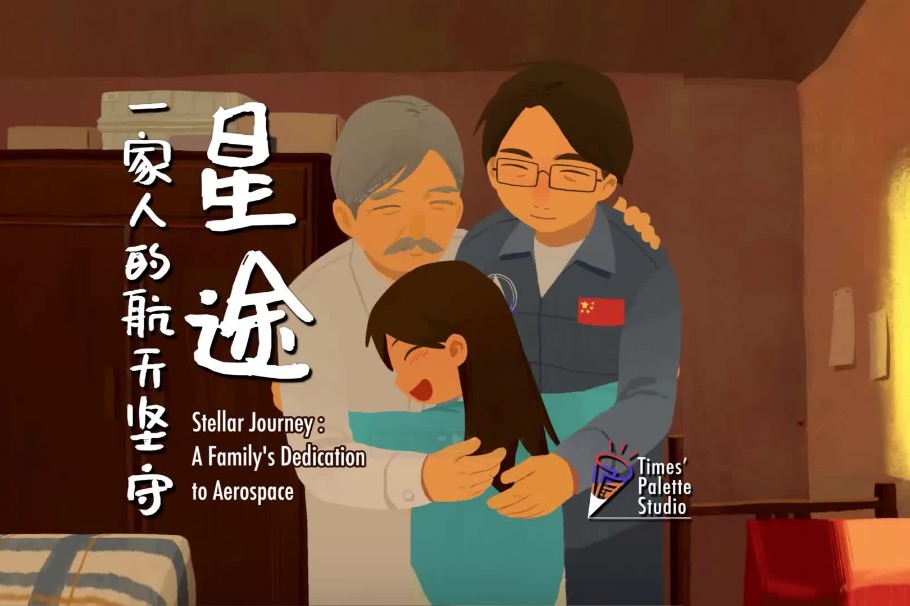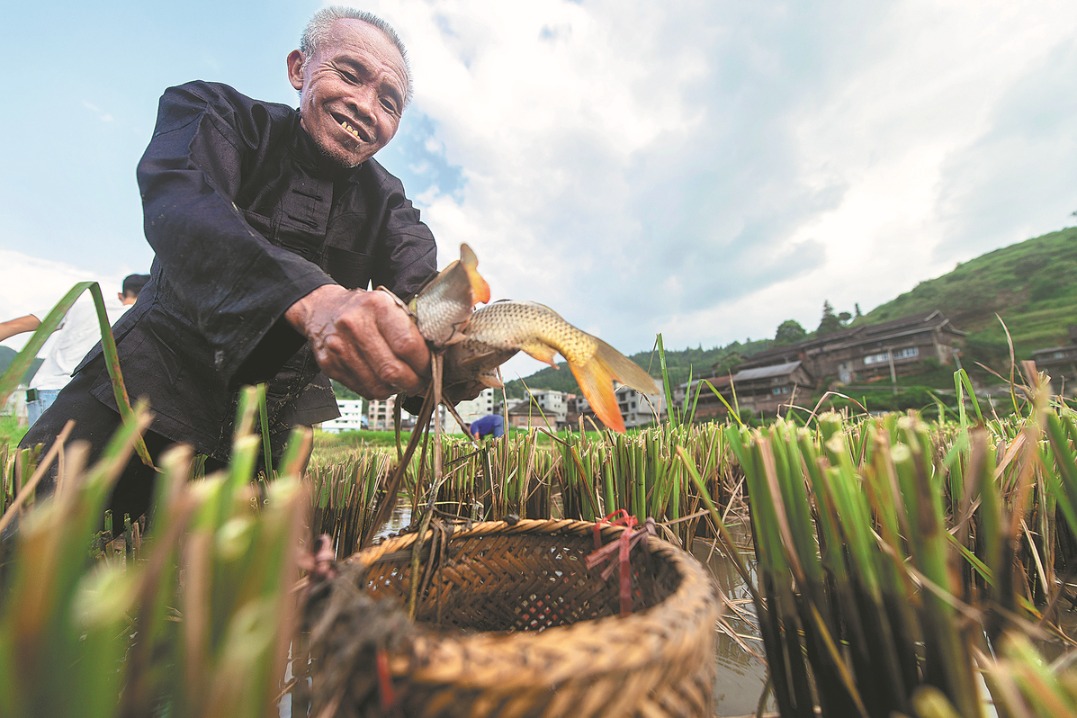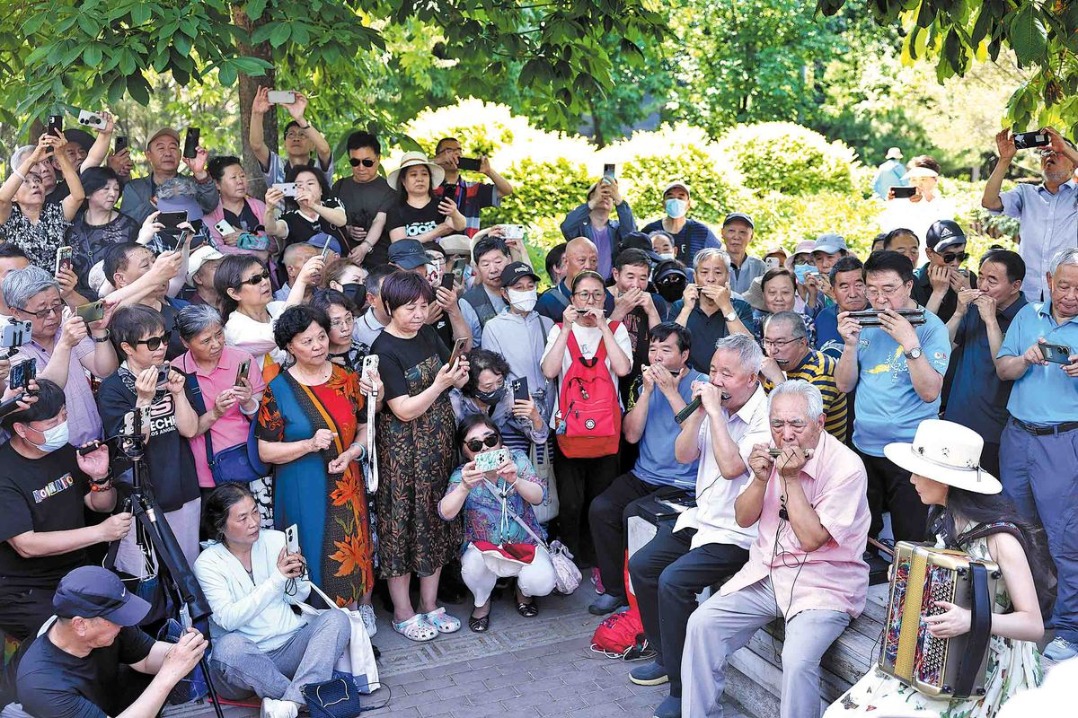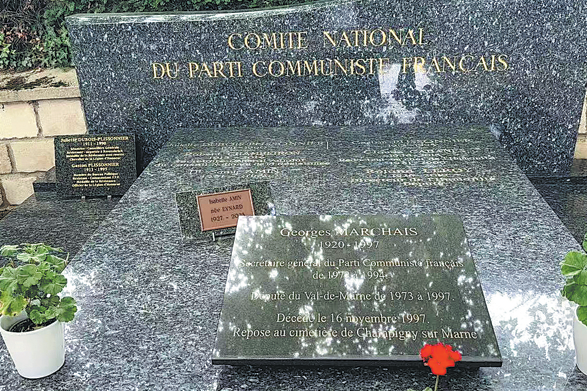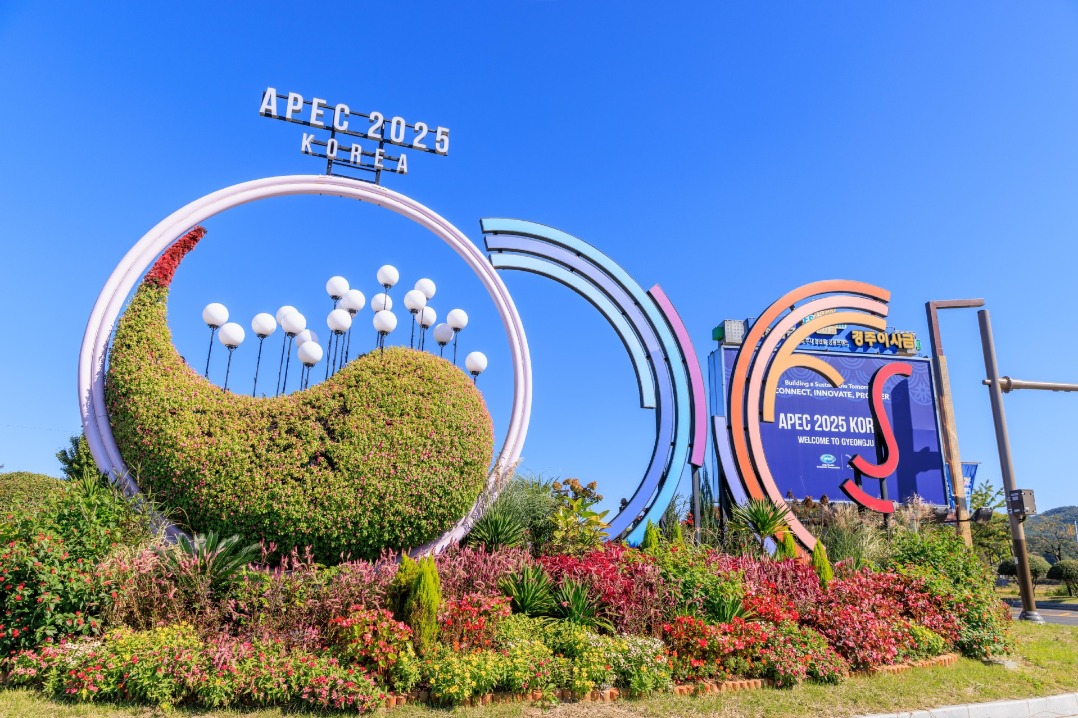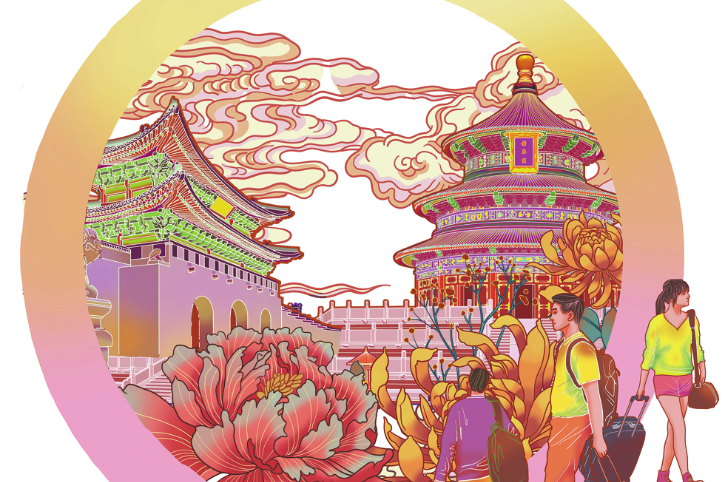Xiahe in upland Gansu - a precious moment of travel

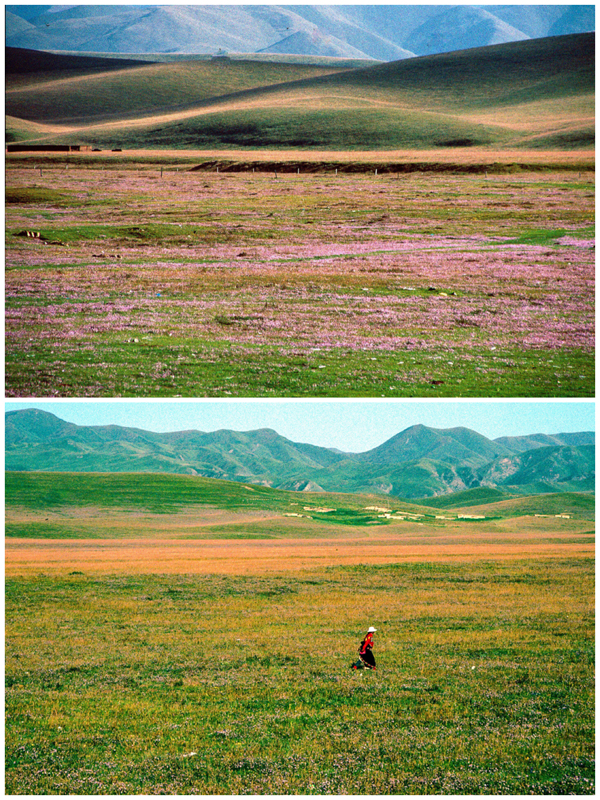
My hotel, the Labuleng, lay west of the Hongjiaosi, whose name means "Temple of the Red Hat Sect" in Chinese. Declining a suggestion to rest because of the altitude, it was time to explore as I was realizing that even a stay of two days would be insufficient. Heading up toward the road leading west from Xiahe, small buses and open three-wheel trucks were assembled, transportation for people living out in temporary summer encampments or more permanent villages. Traditional seminomadic life was still a feature in parts of the surrounding uplands. As I walked, rising above the road was a section of hillside for rolling out a giant 30 meter by 20 meter thangka, or sacred Buddhist cloth painting, on the morning of the 13th day of the Tibetan New Year, usually in February or early March. Alongside me, farmers worked in fields, often singing, as they harvested barley that was winnowed on large open-air concrete platforms, or simply spread on the road where the weight of passing vehicles would help facilitate that process. It was fascinating to watch the constant movement of people, some on donkey-pulled carts or on bicycles.
Continuing westwards, where the valley narrowed, a dam held back a lake for generating hydropower, enhancing and reflecting the beauty of the area with its rolling treeless hills leading up to the Sangke Grasslands. A wide, rolling plain, it was covered in blue, purple and yellow flowers while grazed by yaks and horses. Local people on horseback, often wearing wide-brimmed hats, rode up trying to persuade me to go horseback riding. I wanted to walk, to be alone, to appreciate the stunning visibility, to breathe in the aroma of nature. As I wandered, I heard more singing as a girl in a red shirt wearing a brimmed white hat strolled across the meadow in the direction of a temporary encampment. I just wanted more time to take in the scene and the ambience. But it was time to return to town with at least the photographic memories of the enchantment of those upland grasslands and the people who lived there.



















